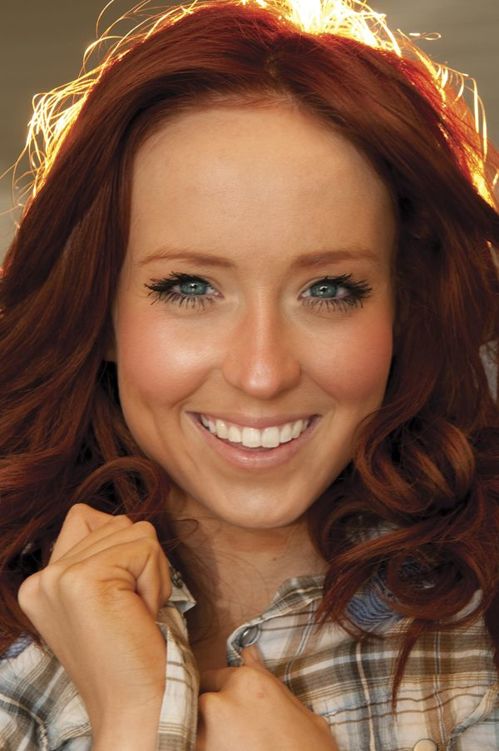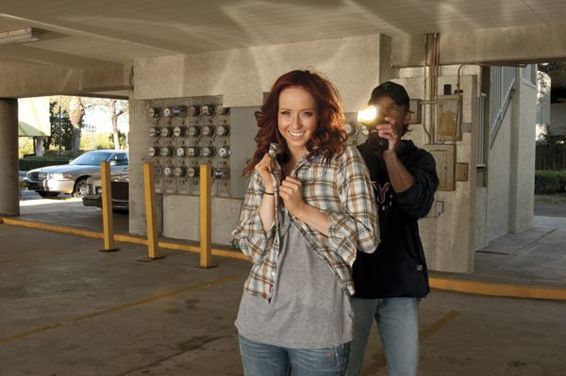THE SOLUTION
By adding a touch of flash, of course! By setting up an electronic flash with a radio receiver behind your subject, you can remotely trigger the flash during your exposure to produce the effect of backlight.
Start by determining the aperture you’d like for your composition. Do you want a deep depth of field for a storytelling composition? A shallow depth of field for a single-theme composition? Or a “Who cares?” composition in the middle range? Then take a meter reading of the ambient light falling on the subject’s face at your chosen aperture, adjusting the shutter speed until you get a correct exposure.
If you’re using your flash in manual mode, enter the aperture on the back of the flash and see what flash-to-subject distance is indicated. If you’re using it in TTL mode, you’ll get a distance range instead. This is where things shift a little. You don’t actually want a correct flash exposure, because you’re trying to re-create the look of a strong light source, like the sun. Instead, you want a brighter light that will cause a gross flash overexposure. If the sun really was behind the subject’s head and you metered off the face, you would get a strongly overexposed rim light around the head from the bright sun behind the subject. That’s the look we want to emulate. With this in mind, set up your flash closer than the flash-to-subject distance indicated (about twice as close, in fact, to simulate the much brighter background of sunlight), and then trigger it with a remote trigger.
You’ll need an assistant or a light stand to hold your flash behind your subject, aimed at your subject’s back. You may also want to add an amber gel to the flash to provide a warmer, sunset-like appearance. If you do this, however, just remember to position the flash at least twice as close to the subject as what is called for (see here).
In an effort to convey the power of this really cool trick, I deliberately chose to shoot a “backlit sunset portrait” inside a covered parking garage. First I determined that since the entire frame was filled with the subject’s face, depth of field was not an issue, so I chose a “Who cares?” aperture of f/8. Then I took a meter reading of the ambient light falling on the model’s face and adjusted the shutter speed until a correct exposure was indicated at 1/125 sec.
My assistant and fellow photographer Robert LaFollette stood about 3 feet behind our model and held up the flash, which I’d covered with an amber gel so that it would provide a warm, sunset-like flash. With my flash and camera both set to manual, and with the flash at full power (1/1), the flash indicated a 15-foot flash-to-subject distance for a correct exposure. However, as I already mentioned, Robert was only 3 feet behind our model. Was he too close?
In this case, no, because I did not want a correct flash exposure. In fact, I wanted the flash exposure to be substantially overexposed so that the viewer’s eye would be fooled into thinking there was a sun setting behind the subject. I knew that if I placed the flash about 3 feet behind the subject’s head (pointed toward her hair), a gross flash overexposure would result. So with Robert holding the light about that distance behind the subject, I made my exposure and fired the flashes remotely with a PocketWizard transceiver system.
A backlit “sunset” portrait, thanks to the
flash.
70–300mm lens, f/8 for 1/125 sec. with Nikon
SB-900 flash
A shot of our setup.

